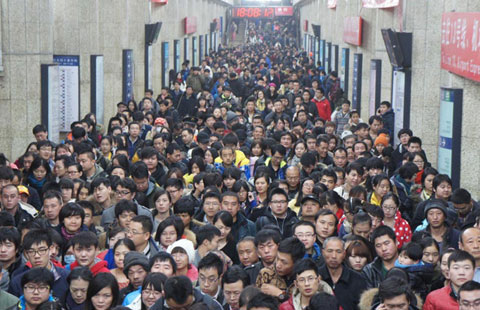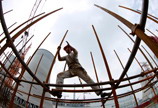Optimism among HK firms in Pearl River Delta
By Li Wenfang in Guangzhou (China Daily) Updated: 2014-04-16 07:06Compared with the findings last year, the shortage of general workers and technicians was reduced by 1 to 2 percentage points, possibly because of factory automation. The shortage of salespeople, and managerial and administrative staff has become more serious.
 |
|
 |
The survey in 2012 showed about 40 percent of the enterprises employed more than 1,000 people or more, while the figure for this year was 24 percent. Those employing more than 100 people but fewer than 500 jumped from 30 percent in 2012 to 40 percent this year.
Meanwhile, more than 20 percent of the businesses in traditional manufacturing industries in the delta had initiated or were considering a cut in production because of oversupply, according to research last month led by Li Youhuan from the Guangdong Academy of Social Sciences.
Those industries include the manufacture of shoes, garments, hardware, furniture and decoration materials.
In contrast, enterprises in equipment manufacturing and high-end electronics recorded more than 10 percent growth in revenue so far this year. Those in the industries of jewelry and jade, Internet financial services and e-commerce have booked a more than 15 percent increase in revenues, Li said.
He Baoqi contributed to this story.
|
 |
 |
| China's top 10 richest cities |
- China's growth remains resilient
- China's Q1 industrial value added up 8.7%
- Chinese regulator denies resumption of IPOs
- China's Q1 fixed-asset investment up 17.6%
- China's first quarter GDP grows 7.4%
- China simplifies telecom VAS approval in Shanghai FTZ
- China's power consumption rises 5.4% in Q1
- Tesla in search of deal with Sinopec

















